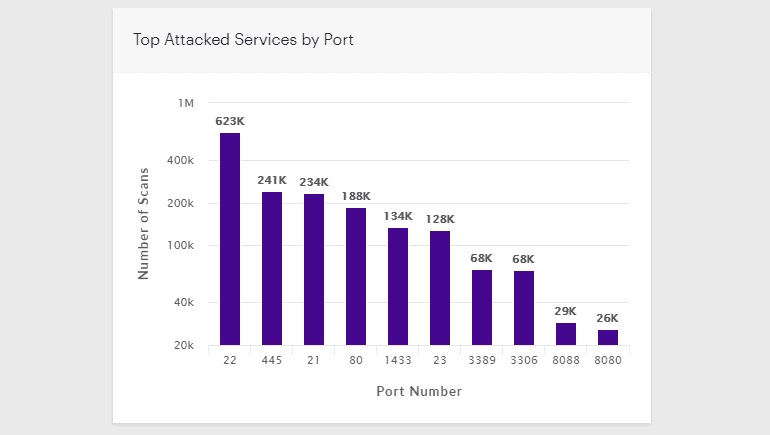Botnets are a big problem and they’re getting bigger all the time. They’re used to commit crimes such as spamming, phishing and ransomware, but they can also be used for strategic purposes, such as launching denial of service (DoS) attacks or exploiting vulnerabilities in systems. Fortunately, making a botnet is not that difficult, and you don’t need any special skills or knowledge. In this blog post, we will show you how to make a botnet on Windows using freely available tools.
What is a botnet?
A botnet is a type of malware that can be used to spam or attack computers. It’s also sometimes called a zombie network, because the bots can keep on working even when they’re not directly connected to the Internet.
To make a botnet, you need:
- A computer with administrator privileges
- A program that can create and manage networks, like Wireshark or Network Monitor
- Some software that helps spread the malware (like Mungo or Rapid7’s Blaster)
- Some victims’ computers
How to make a basic botnet?
Step 1: Download the required software
The first step is to download the required software. There are a number of different tools that can be used to create a botnet, and each has its own specific features and requirements. The most popular tools for this purpose are C# and .Net, so it is recommended that you use either of these languages if you want to create your own botnet.
If you don’t have access to a computer with C# or .Net installed, there are also several third-party tools available that can be used to create a botnet. One of the most popular options is known as Wireshark, and this tool can be downloaded from www.wireshark.org/.
Step 2: Create a new project in C# or .Net
Once you’ve downloaded the required software, next you need to create a new project in either C# or .Net. This project will contain all of the code needed to create your own botnet.
When creating your project, make sure that you select the correct language option – C# or .Net – and then click on the New button. Next, enter the name of your project – for example, Botnet – and then click on the OK button.
Now that your project has been created, next you need to add some basic code files. To do this, open up the MainWindow.xaml file and add two new files – a MainWindow.cs file and a Program.cs file.
The MainWindow.cs file will contain the main code for your botnet, while the Program.cs file will contain the code that defines the main() method of your botnet project.
Step 3: Create a new class in C# or .Net
Next, you need to create a new class in C# or .Net. This class will contain all of the code needed to actually create and control a botnet.
To do this, open up the newly created Class1.cs file and add the following code:
using System; using System.IO; using System.Net; namespace Botnet { public class Class1 { public static void Main(string[] args) { // Create a new instance of the IBotnet class var botnet = new IBotnet(); // Start the botnet and enable port forwardingbotnet.Start(); // Open up a TCP port on your computer to allow connections from remote hostsbotnet.PortForwarding = true; } } }
As you can see, this code contains two main sections – the first sets up a new instance of the IBotnet
How to make a botnet on windows?
There are many ways to create a botnet on Windows. A simple way is to use a tool like WINE to install a program called netsploit. netsploit is a collection of tools that can be used for penetration testing and network reconnaissance. Once netsploit is installed, open it and click on the “Network” tab. Under the “Tools” section, click on the “Botnets” button. This will open a window that shows all of the available botnets. Select one and click on the “Create Botnet” button. This will start the process of creating the botnet. The first step is to choose a host computer from which to launch the botnet attack. You can select a computer by IP address or by name. You can also filter the list by type of device (Windows, Mac, Linux). Next, you will need to configure the botnet attack. This involves defining how many bots will attack each host and selecting an attack strategy (standard TCP port flood or DNS reflection). Finally, you will need to set up some rules for how the bots will operate (e.g., how long they will stay connected to each victim machine). When you’re finished, click on OK and then on Launch Botnet Attack…
Once everything is set up, you can start attacking your chosen hosts by clicking on Launch Botnet Attack…
The first time you launch an attack using your newly created botnet, it may take some time for the bots to connect and start attacking. After the attack is complete, you can review the results by clicking on Review Botnet Attack…
Adding more nodes to your botnet
If you are looking to create a botnet, there are three main ways to do it:
- Using a freely available program like W32.Stuxnet.A or using code from the internet
- Hijacking computers and using them as bots
- Infecting devices through USB ports or network connections
The first option is probably the easiest but the riskiest, as Stuxnet.A and other programs allow for remote control of infected machines. The second option is more reliable but also more involved, as you need to find and exploit vulnerable machines. The third way is by far the simplest but also the least effective, as only a small number of devices will be susceptible to infection.
Using a proxy server to hide your activity
Since most people use the internet primarily for browsing, social networking and communicating with friends, it is not uncommon for individuals to inadvertently share personal information such as addresses or credit card numbers.
In order to protect yourself from this type of exposure, you can use a proxy server to disguise your online activity. By using a proxy server, your computer will act as if it is located in another geographical location so that the websites you visit will not be able to determine your true IP address. This can help protect your privacy and anonymity while surfing the web.
There are a number of different types of proxy servers available, so it is important to select the one that is suited for your needs. Some proxy servers allow you to browse the internet anonymously while others allow you access blocked websites. It is also possible to create a botnet using proxies by routing traffic through them so that malicious scripts or adware can be downloaded without being detected by antivirus software.
What are the benefits of using a botnet?
A botnet is a group of computers infected with a botnet infection, also known as a computer worm. Botnets can be used for a number of reasons, including sending spam, launching denial-of-service (DoS) attacks, and stealing data.
Botnets can be made on Windows using several different tools. One simple way is to use the W32/Linux.Worm.AutoRun virus scanner to install the malwarebot software bundle onto a target machine. The malwarebot software bundle contains programs that help create a botnet and spread the infection to other machines. Once installed, the malwarebot program will start automatically scanning for other vulnerable machines on the network and attempt to infect them with the botnet infection.
There are also more advanced botnet creation tools available that allow for more fine-grained control over how bots are deployed and managed across a network of infected machines. These tools can be used to launch DoS attacks or steal data from infected machines.
Conclusion
Botnets are a popular way for cyber criminals to steal sensitive information, spread malware, and even launch attacks against other sites. In this article, we will show you how to make your own botnet on Windows using freely available tools and software. Once you have everything set up, it will only take a few minutes to get started. So be sure to read through the entire article before getting started so that you understand all of the steps involved.











FIND US ON SOCIALS